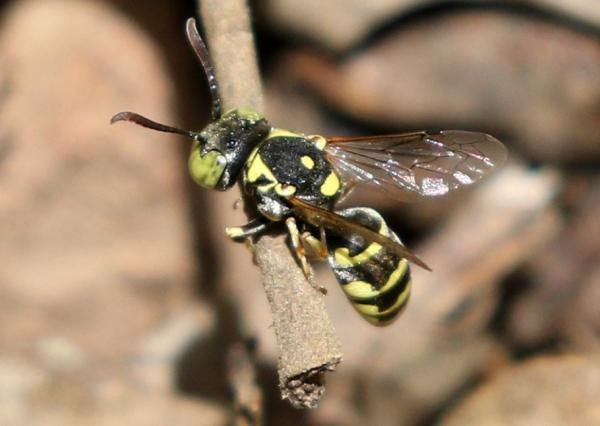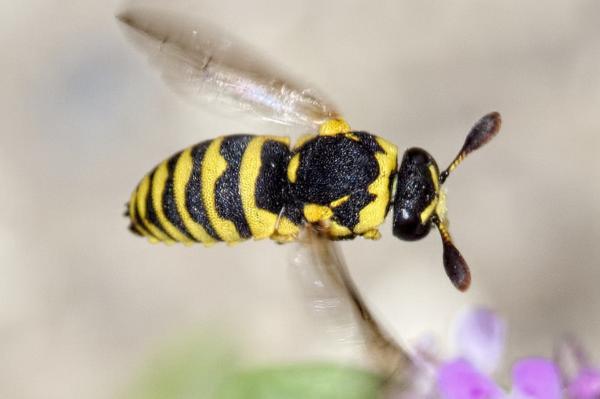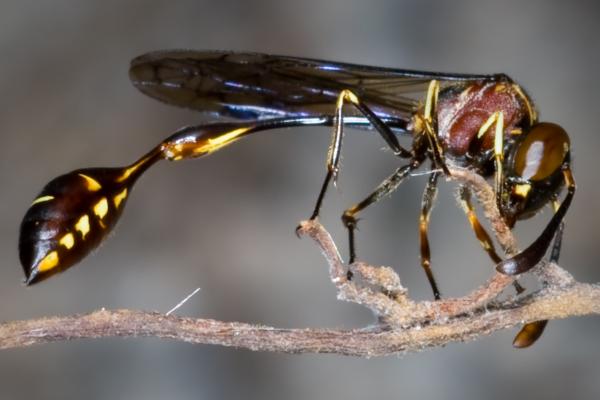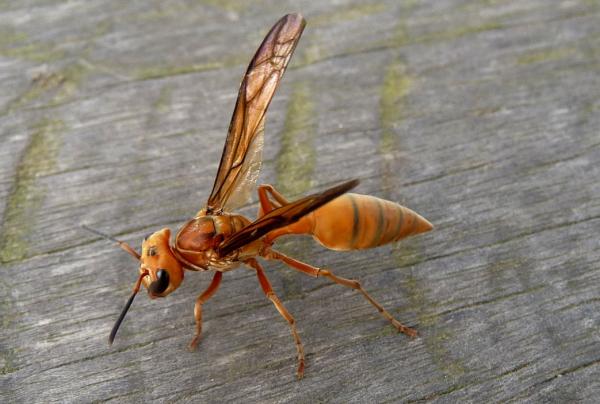The term “wasp” is often used to describe members of the order Hymenoptera that are neither bees nor ants. Although it’s not a formal scientific classification, the term is widely accepted in everyday language and entomology to distinguish these fascinating insects from their better-known cousins.
In this article, you'll discover the main types of wasps, their common names, defining characteristics, and how they are categorized. From potter wasps to yellowjackets, here’s everything you need to know about these diverse creatures.

Wasps are a broad group of insects that are primarily categorized into two major suborders:
Symphyta (sawflies and wood wasps) – They lack a narrow waist between thorax and abdomen.
Apocrita (true wasps, bees, and ants) – They possess the signature narrow “wasp waist.”
Though they share a common order, wasps differ significantly from bees and ants in morphology and behavior.
Distribution: Native to North America, particularly the southern U.S. and northern Mexico.
Nesting: Build nests in the soil.
Traits: These are solitary wasps and represent a small subfamily with just one genus (Euparagia), many of whose species are now extinct.

Unique Behavior: The only wasp group that collects pollen to feed their larvae, much like bees.
Appearance: Typically yellow and black, though some species may appear white or red.
Nesting: Construct mud nests with multiple cells for laying eggs.
Ecological Role: Important pollinators in dry environments.

Traits: Known for building pot-shaped mud nests, often attached to walls or structures.
Nesting Behavior: Some reuse old nests or make use of tree holes and plant stems.
Diversity: One of the largest and most behaviorally diverse wasp groups.

Habitat: Found in Southeast Asia.
Flight Ability: Capable of hovering mid-air, which aids in foraging and patrolling.
Social Structure: Form small colonies, usually dominated by one or two females.

Nesting: Build hexagonal cells out of chewed plant fibers, forming a paper-like substance.
Social Behavior: Strong social organization with defined castes and cooperative brood care.
Colony Sites: Frequently nest under eaves, window frames, and tree branches.

Famous Species: Includes the Asian hornet (Vespa velutina), a known invasive species in Europe.
Traits: Bright yellow and black coloration, large body size, potent sting.
Social Structure: Highly eusocial, with complex colonies and paper nests.
Threat: Can be aggressive and are considered pests in certain regions due to their painful stings and ecological impact.

| Feature | Wasps | Bees | Ants |
|---|---|---|---|
| Waist | Narrow “wasp waist” | Narrow waist | Narrow waist |
| Aggression | Can sting multiple times | Usually sting once (and die) | Most do not sting |
| Nesting Material | Mud or plant pulp | Wax | Soil, wood, or debris |
| Diet | Predatory or omnivorous | Mainly nectar and pollen | Omnivorous or scavengers |
| Social Structure | Solitary or social | Strongly social | Strongly social |
Wasps play vital roles in ecosystems:
Natural Pest Control: Many wasp larvae feed on caterpillars, beetles, and flies, acting as biological control agents.
Food Chain Contributors: Serve as prey for birds, mammals, and reptiles.
Pollination: Some wasps assist in pollination, especially pollen wasps.
Ecological Indicators: Their presence or absence helps indicate environmental health.
Invasive Threats: Certain species, such as the Asian hornet, pose risks to biodiversity and human health.
Wasps are a highly diverse group of insects, far more complex and important than their fearsome reputation suggests. From solitary ground-nesters to advanced social builders, they occupy crucial ecological niches around the world.
Bibliografía
Tree of life web Project (1995) Apocrita Wasps. Disponible en: http://tolweb.org/Apocrita/11162
Science Direct (2022) Vespidae: an overview. Disponible en : https://www.sciencedirect.com/topics/pharmacology-toxicology-and-pharmaceutical-science/vespidae
Iowa State University, Department of Entomology (2022) "Symphyta" - Sawflies, Horntails, and Wood Wasps. Disponible en: https://bugguide.net/node/view/112
animal tags: Wasps
We created this article in conjunction with AI technology, then made sure it was fact-checked and edited by a Animals Top editor.